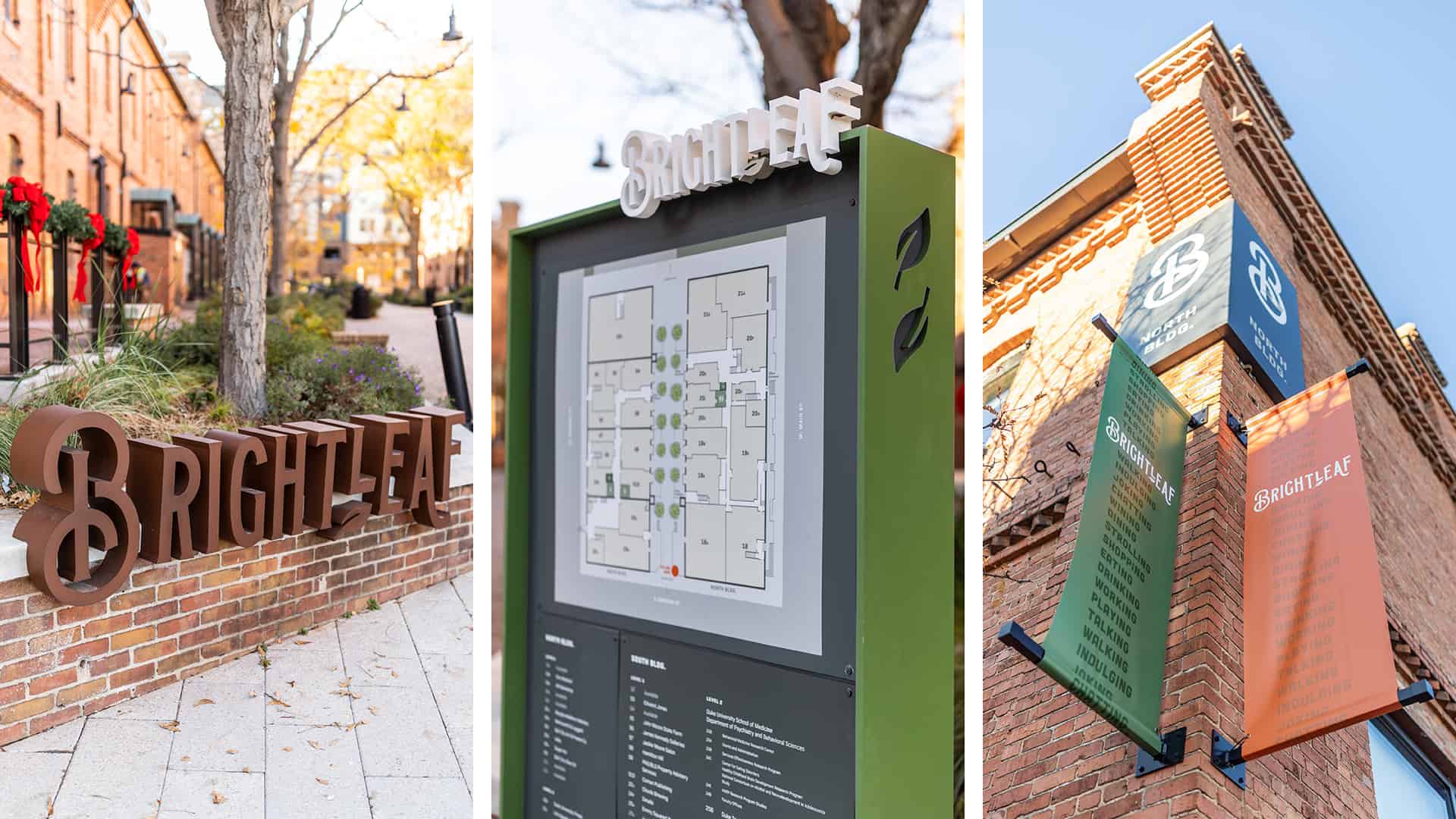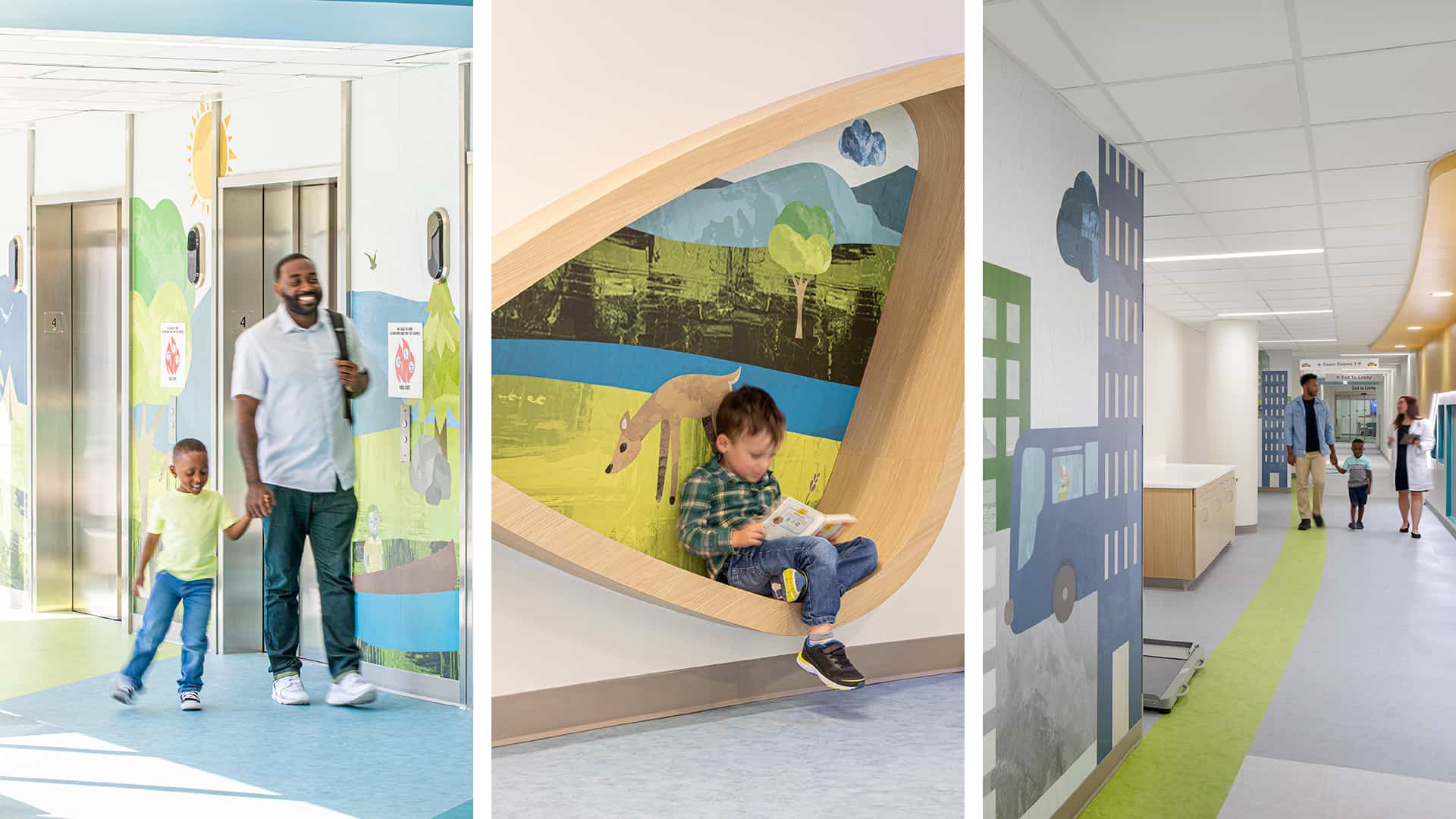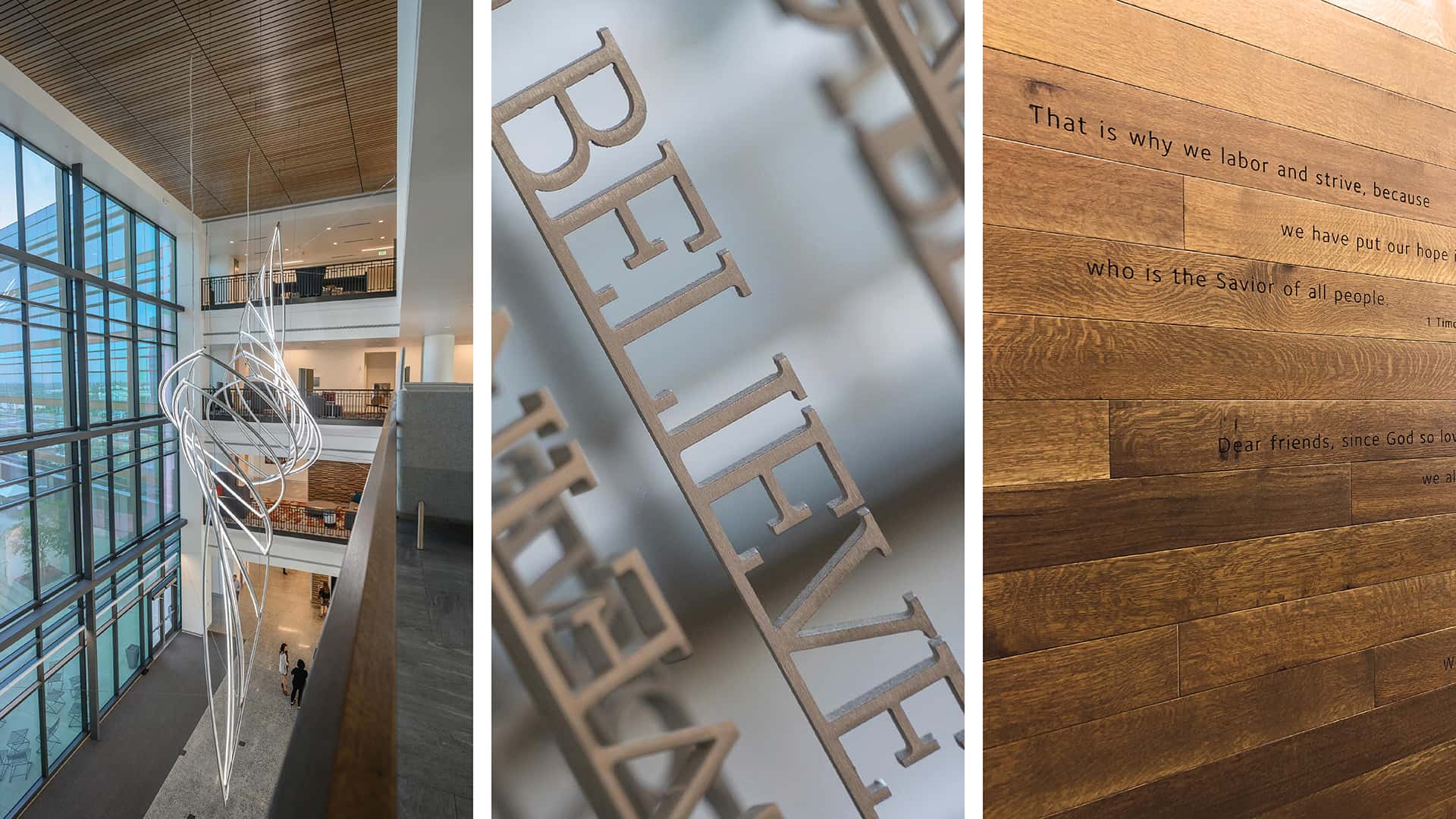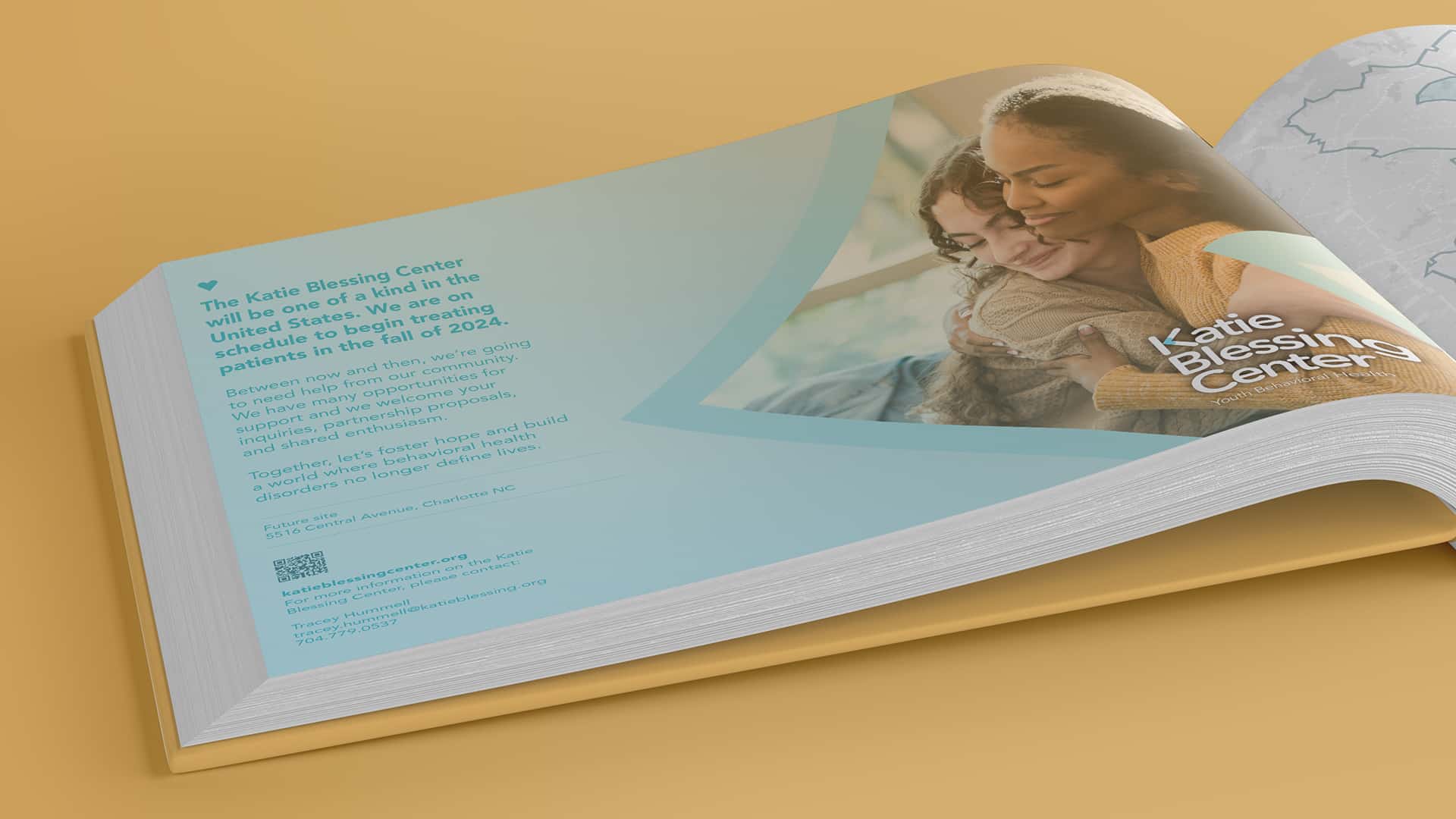Some might see brand design as picking colors, arranging shapes, and playing with type, but it’s so much more than that. Successful brand design links a company’s values to a like-minded audience, forging deep emotional connections. Empathy is the secret sauce that makes those connections stick. It’s the MVP of storytelling, tugging at personal experiences, commonalities between user groups, and a local vernacular to drive the message home. Brands that use empathetic design strategies put themselves in their customers’ shoes, crafting solutions tailored to their wants and needs. Let’s look at three ways empathy can elevate a brand.
1. Builds Connection and Authenticity
Imagine you’re creating a logo or a website. You’re looking way beyond pretty pictures—you’re trying to communicate a message. To do that effectively, you need to understand your audience: what they like, what they feel, what makes them tick. This is where empathy plays a crucial role. It involves seeing the world through their eyes and creating something that deeply resonates with people.
In brand design, empathy builds genuine connections between brands and consumers. When brands are empathetic and understand their audience’s needs, values, and experiences, consumers are more likely to perceive the brand as authentic and trustworthy, leading to stronger brand loyalty and advocacy.
When we were tasked with rebranding Brightleaf Square, a landmark near and dear to many residents of Durham, we had two secret weapons: one, a very forthcoming community, and two, a born and bred Durham native on our team.
We quickly realized that the authenticity, history, and architectural details of the tobacco warehouses, the Brightleaf name—and even the well-known green mural—were all pieces of the district that people recognized as part of the city. Without understanding what created that pride before suggesting new brand marks, we would’ve landed somewhere entirely different and risked severing that connection between the city and the district.

2. Promotes Inclusivity and Accessibility
Applying empathy in experiential (or environmental) graphic design and wayfinding goes beyond the surface, sparking discussions about inclusive and accessible design. How is information perceived by an adult vs. a child? An average-height user vs. someone in a wheelchair? How does the message land for someone color blind or visually impaired? Are there colors used that trigger a feeling of nostalgia? Are there elements in the design that resonate with users, reflecting their identities within the community?
Embracing empathetic design means embracing diversity and inclusivity. It involves considering the perspectives and experiences of all consumers, including those from marginalized or underrepresented groups. Brands that prioritize empathy in their design processes can craft messaging, imagery, and wayfinding that mirrors the diversity of their audience, fostering a sense of belonging and inclusivity.
While we approach every design challenge looking for opportunities for inclusivity, our work on the family of environmental graphics at Atrium Health Levine Children’s Hospital is something we’re proud of. Children and families visiting the hospital bring a certain level of emotional distress. Their visits often entail uncertainty, confusion, and overwhelming discussions—significant experiences for anyone but particularly challenging for young children.
To help with this, we designed a series of murals and characters that serve multiple purposes. They aid in wayfinding by giving each floor a different theme and location. They are also designed to be easily accessible to children, with the graphics placed at their eye level. And most importantly, they’re inclusive by being intentionally designed to reflect the diverse backgrounds of all families who come to the hospital for care.
By imagining ourselves in the position of the children and families visiting Levine Children’s Hospital, we gained a valuable understanding of what their visit entails and how environmental graphics could improve their overall time there.

3. Increases Relevance and Resonance
Whether we’re talking about visual storytelling through graphics or the content and messaging of a client’s story, storytelling is what sets a brand apart and forms emotional connections with consumers. Empathy unlocks those connections because a good story—or one told well—focuses on how it makes people feel. An empathetic story resonates deeply. It gets inside the audience’s heads, tapping into their emotions and experiences to create narratives that strike a chord.
Most brands have stories rich in personal experiences, struggles, and triumphs we can all identify with. By tapping into these connections, brands can create meaningful experiences that are relevant and memorable, ultimately driving engagement and loyalty.
When we started working with Adventist Health System on their west coast headquarters in Roseville, CA, we learned about the brand and the thread of faith running through every aspect of the employee experience. We understood that storytelling and messaging had to blend the brand’s core values with their belief system’s key tenets.
We developed a strategy to tell Adventist Health’s stories through the framework of the whole person: mind, body, spirit, and social. Our goal was to create a journey of personal discovery for employees and visitors navigating the campus. We developed a series of user personas, putting ourselves in the mind of each audience type, and laid out a path of messages and connections at key decision points and moments of respite. We used signage and graphics to highlight a refreshed brand and wellness for the individual, embedding connections to faith in moments of reveal.

In today’s world, brand design extends beyond aesthetics—it’s about establishing a robust, memorable, and meaningful brand identity. Empathy plays an important role in enabling brands to authentically engage with customers, comprehend their needs, and build trust. Placing empathy at the forefront of design empowers brands to enhance their perception and cultivate unwavering customer loyalty.

